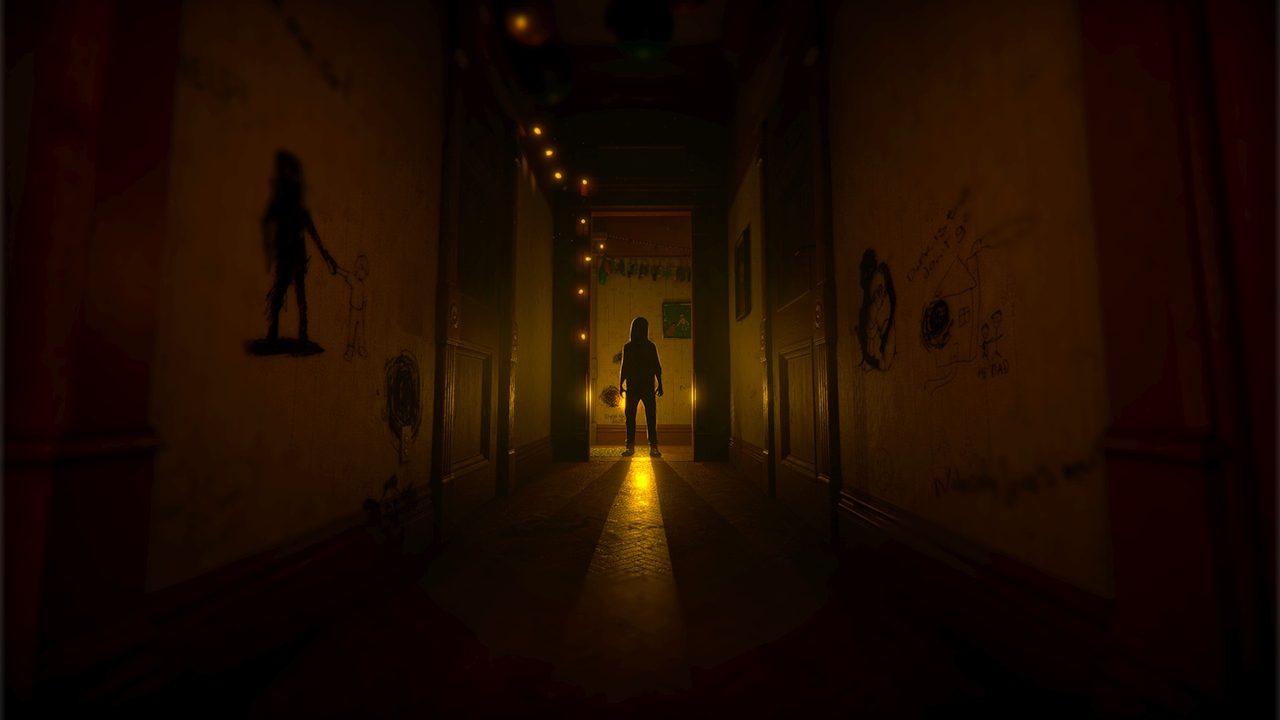Transference takes full advantage of the VR platform by tossing you into a bizarre circumstance in which consciousness blends with technology. In short, you’re exploring the dark side of VR through VR. While this may sound pretentious, the blending of adventure, horror, and full-motion video makes it an immersive, disturbing experience rather than a cliche cautionary tale.
Left in the Dark
The game’s invitation is an ominous, and slightly confusing, full-motion video of a Harmony labs researcher, Raymond. In the video, he thanks you for your contribution, claiming he has taken “our” research and successfully replicated consciousness into a virtual space. He ends it by stating that he and his family are “relocating” soon, but he looks forward to seeing you very soon. Given this setup, it’s not entirely clear who you’re playing as in this first-person thriller. Meant to be spooky, this vague introduction serves as the sand this narrative house is built on.
Transference is an exploration of how a dad’s obsession with achieving immortality by digitizing consciousness led him down an abusive path that destroyed him, his wife, and their son. You’re merely a vessel to explore that darkness, but because you never really know who or what you are, the ending of the game offers no resolution. Am I escaping this virtual reality? Am I entering it? Am I merely observing it? What’s (probably) meant to be thought provoking only leaves me frustrated, and that’s my biggest criticism of the game.
Flipping the Switch
After the initial cut-scene, you’re put into a simulation that loads right before your eyes. The game foregoes any tutorials, but the initial puzzle teaches players all the controls they need to know: walking, shifting directions, interacting with objects, and crouching. The first puzzle introduces you to the gameplay loop you’ll grow to know well: find an area that’s glitched out and partially missing then get the necessary item to move forward. The first one is a locked door that reads “Data/Outside/Lobbykey.obj” signifying that the Lobby key is needed to load the rest of the area.
In addition to finding objects, the other core gameplay mechanic involves flipping a light switch to toggle between realities/moments in time/consciousnesses. Each one represents a different character’s perspective: Raymond (the dad), Katherine (the Mom), and Benjamin (their son). While the majority of the game takes place in this apartment, the multitude of settings keeps things fresh. Benjamin’s perspective shows a demented birthday party while Raymond’s world is filled with machinery, experiments, and formulas scrawled all over the house. Conversely, Katherine’s version of the apartment is the most normal looking, offering a brief moment of serenity in the midst of madness. As you progress, more areas of the apartment open up, including extra rooms and even the backyard.
The sound design is what makes this game so wonderfully stressful with clanging pipes, heavy footsteps, shaking doors, buzzing light fixtures, and the frequent murmurs of Raymond, Katherine, and Benjamin calling out in confusion and distress. There aren’t jump scares in the traditional sense, minus one early on, but you’ll be frightened by the occasional hologram figures appearing like digital ghosts in the apartment. At times you’ll be lunged at by a monstrous glitch, but that’s pretty infrequent, and you can see it coming from a solid distance away. It’s scary, but it’s a lot more tolerable for the faint of heart.
Puzzle-wise, there were a few moments where I got a bit stuck in the game, but for the most part I didn’t have to think too hard to arrive at any of the solutions. Still, they gave you a sense of (perhaps undeserved) accomplishment that I appreciated. However, the slow walking pace of your character will becoming increasingly frustrating the more you find yourself retracing your steps to locate an object. This leisurely pace is likely to prevent motion sickness, but even if that is the case, it doesn’t make it any more pleasant to experience.
Playing With Multiple Mediums
Throughout the game, you can pick up additional full-motion video files that serve as memories of the past or windows into Richard’s mania through his video diary entries. This further informs the narrative while adding to the humanity of the game. It’s frightening to watch Raymond take a shot of liquor at his son’s birthday before grabbing and shaking his son’s arm, demanding to hear what he wished for. And it’s moving to hear Katherine sing a lullaby to her son that hints at her own marital unhappiness. All of this comes together to make the story feel real.
Player exploration is rewarded when it comes to needing to locate objects: a “no stone left unturned” mentality makes the game more interesting while also helping you piece together puzzles more quickly. For instance, one puzzle required you to fill an hourglass with sand and I knew immediately where I could get it after thoroughly exploring a room earlier in the game.
While Transference shows us what happens when you go off the deep end of striving for technological advancements, its use of more traditional art forms (such as music and literature) help the game steer clear of cliche territory. The mom’s songs are hauntingly beautiful and the dad’s poetry recitation is unsettling while directly translating into his work. He speaks of “woods fill[ing] up with snow,” and later we find his makeshift office full of torn up sheets of paper, suspended in the air like snowflakes. Likewise, discovering a copy of Sylvia Plath’s work gestures to death in a powerful way.
Transference’s subtlety is meant to create additional depth, but keeping the player at arm’s length only works if you eventually let them in. Unfortunately, Transference never fully shows its narrative hand and that’s the game’s biggest detriment. Gameplay-wise, the game is easy but satisfying to navigate. The surrealist, horror aspects of the shifting environments create a steady stream of tension and intrigue. While its brevity might be a turn off to players who enjoy a heartier game experience, Ubisoft Montreal and SpectreVision succeeded in combining games and movies into one entertaining and eerie walking sim.
Transference review code provided by publisher. Version 1.00 reviewed on a Standard PS4. For more information on scoring please see our Review Policy here.
-
Approachable puzzle-solving
-
Dynamic environment
-
Tense sound design
-
Effective use of full-motion video
-
Slow moving main character
-
Unclear role in the story
Transference August 2018
-
Transference August 2018 #1
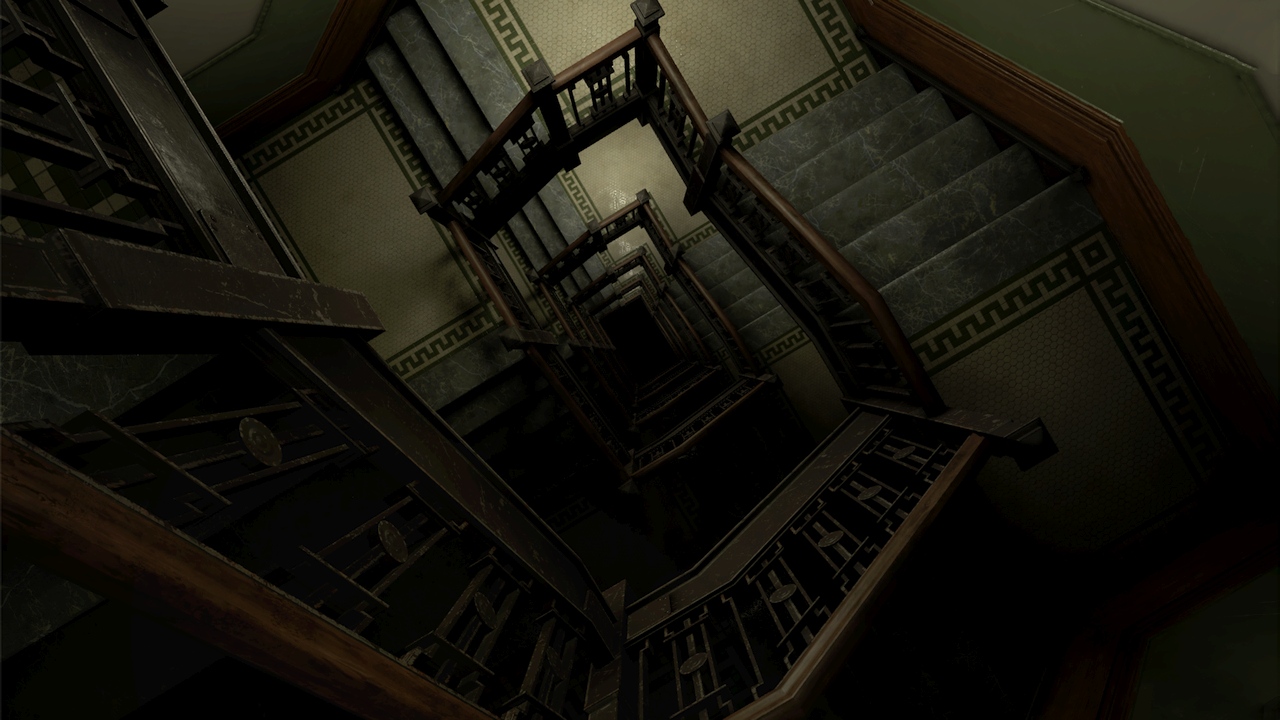
-
Transference August 2018 #2
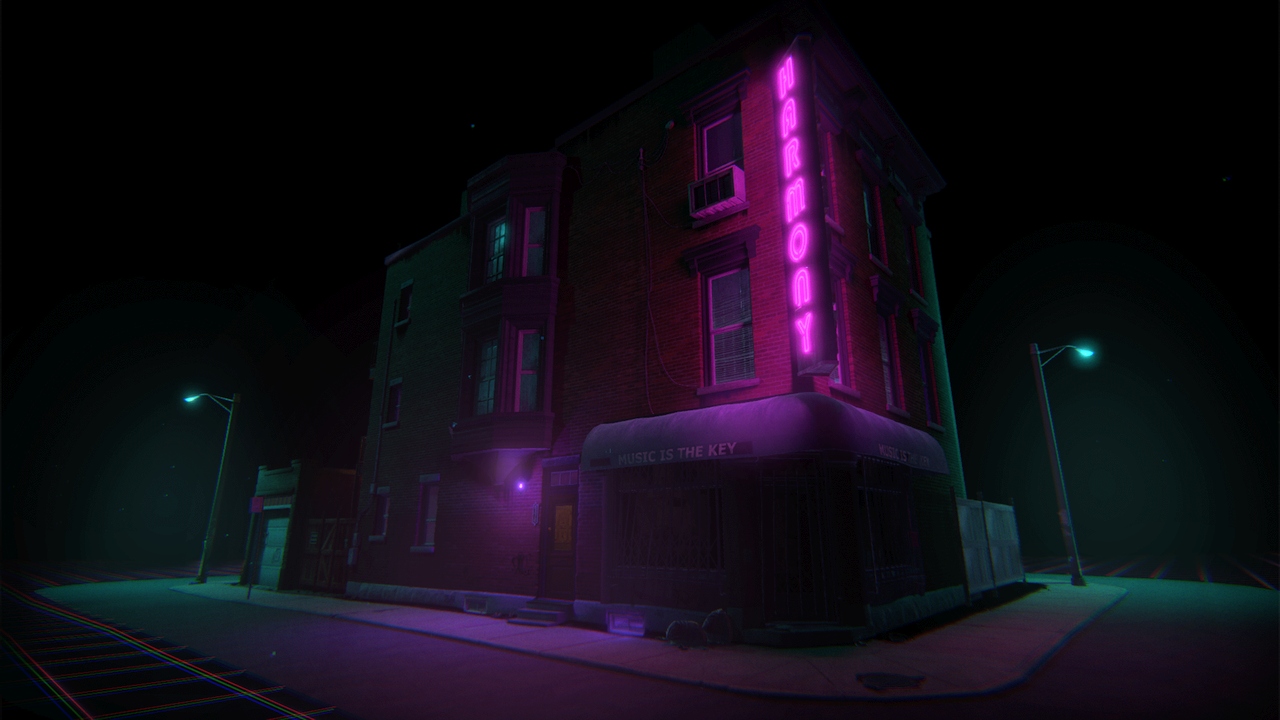
-
Transference August 2018 #3
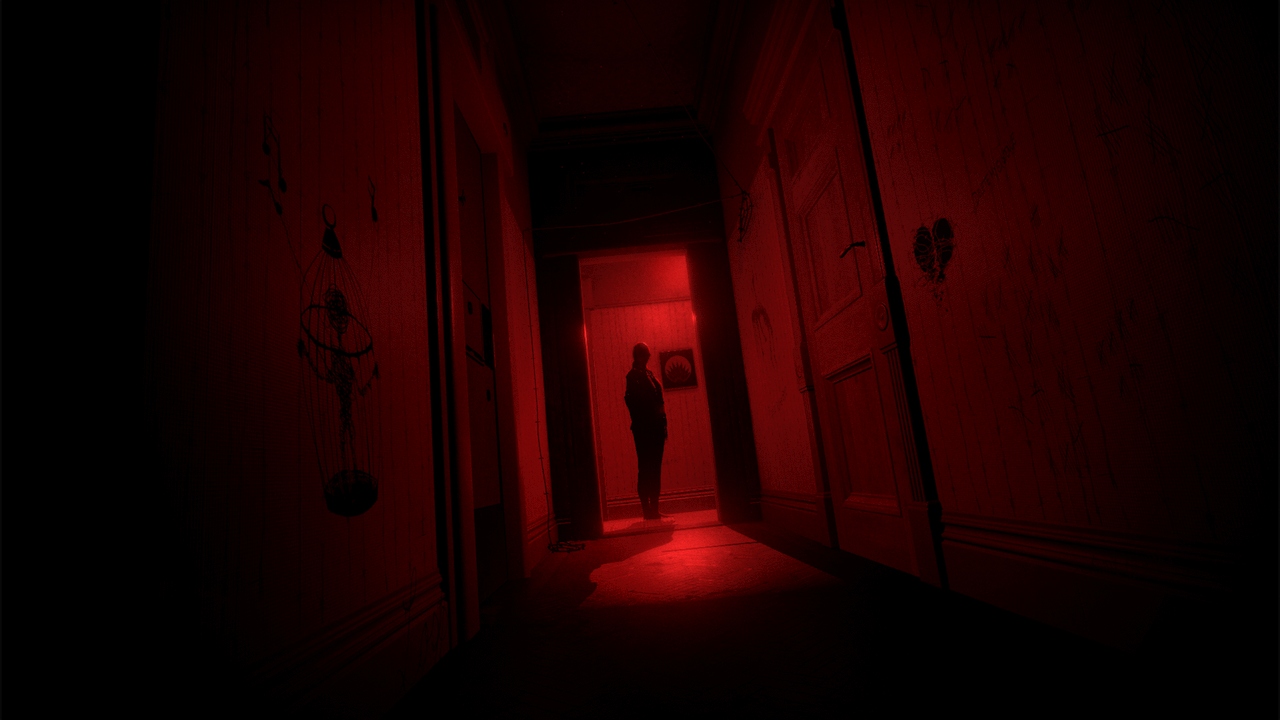
-
Transference August 2018 #4
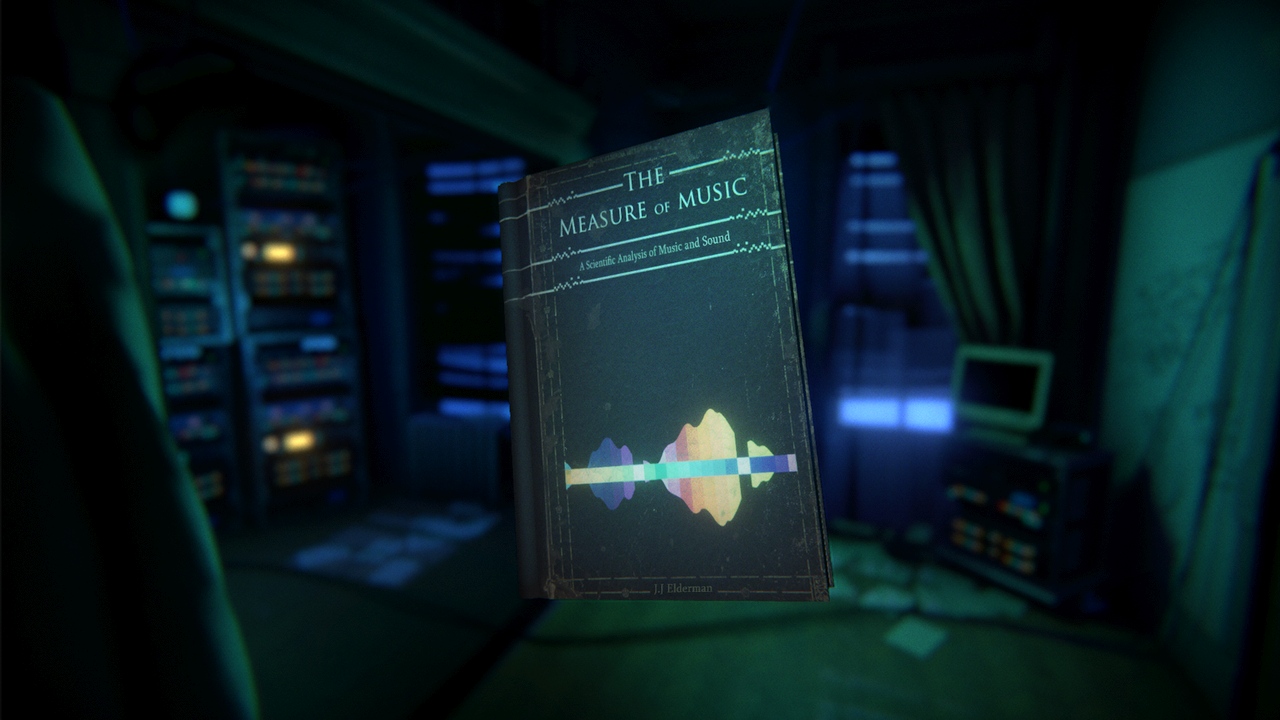
-
Transference August 2018 #5
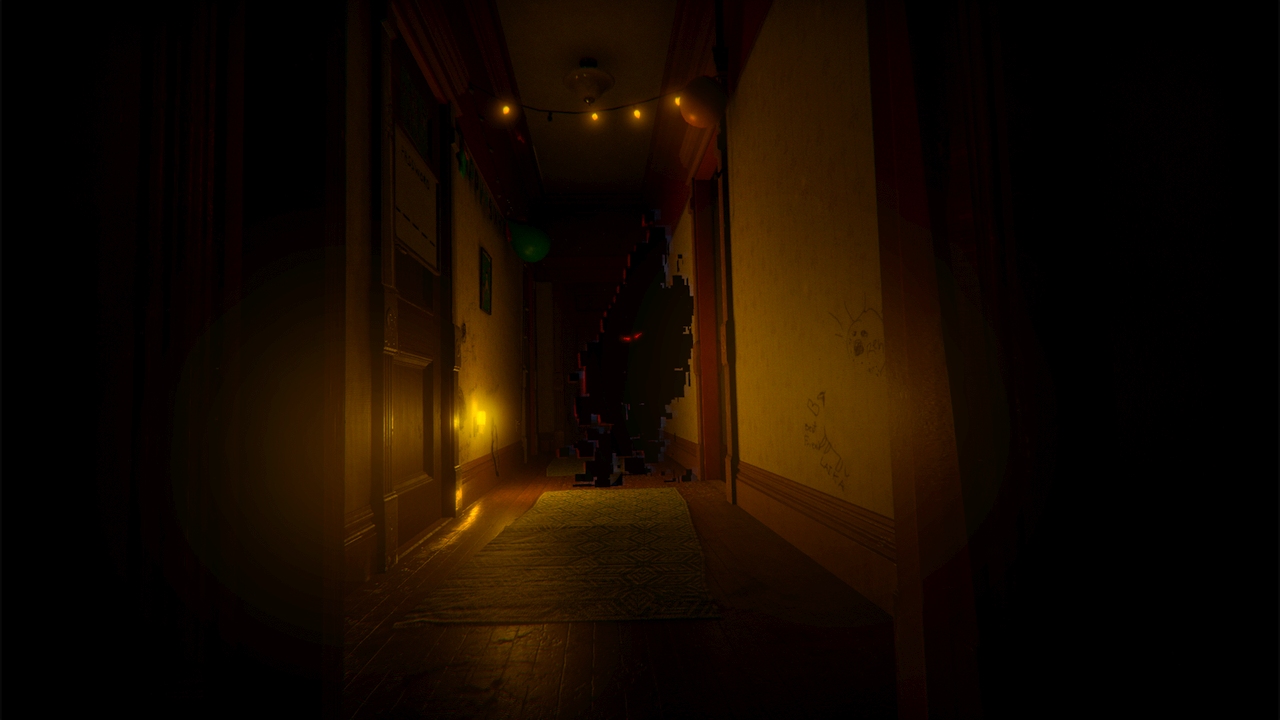
-
Transference August 2018 #6
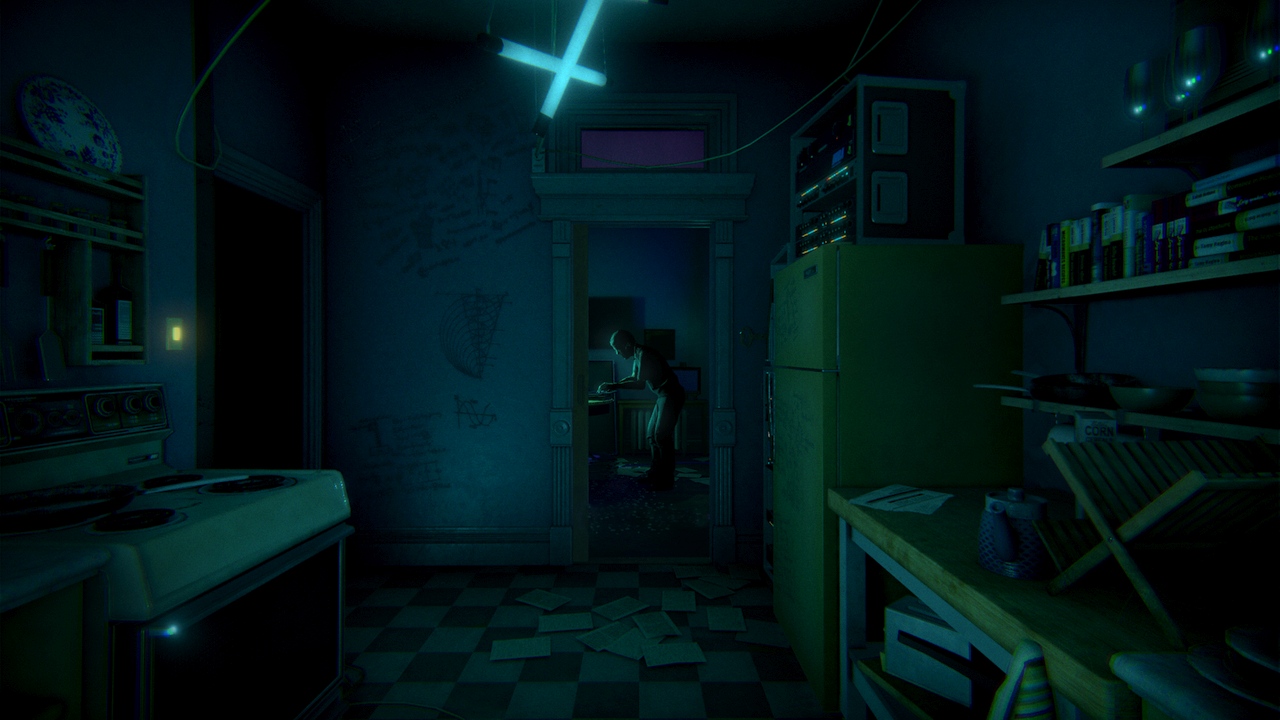
-
Transference August 2018 #7
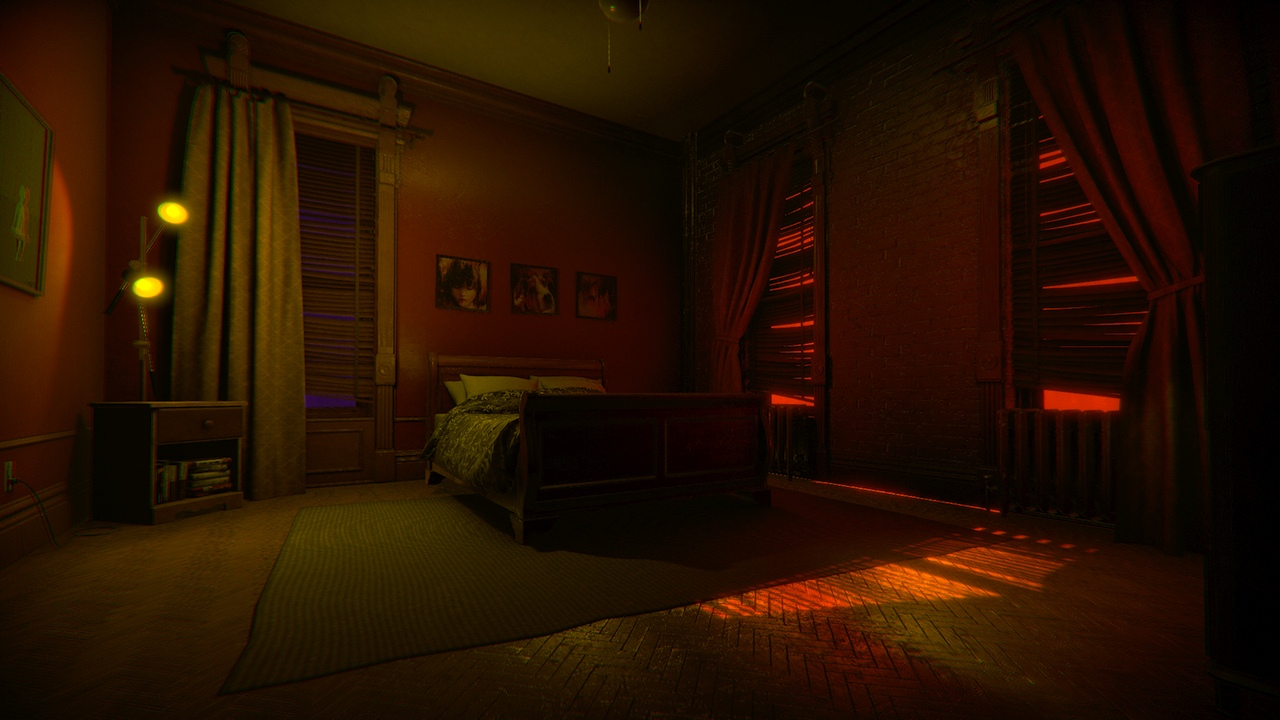
-
Transference August 2018 #8
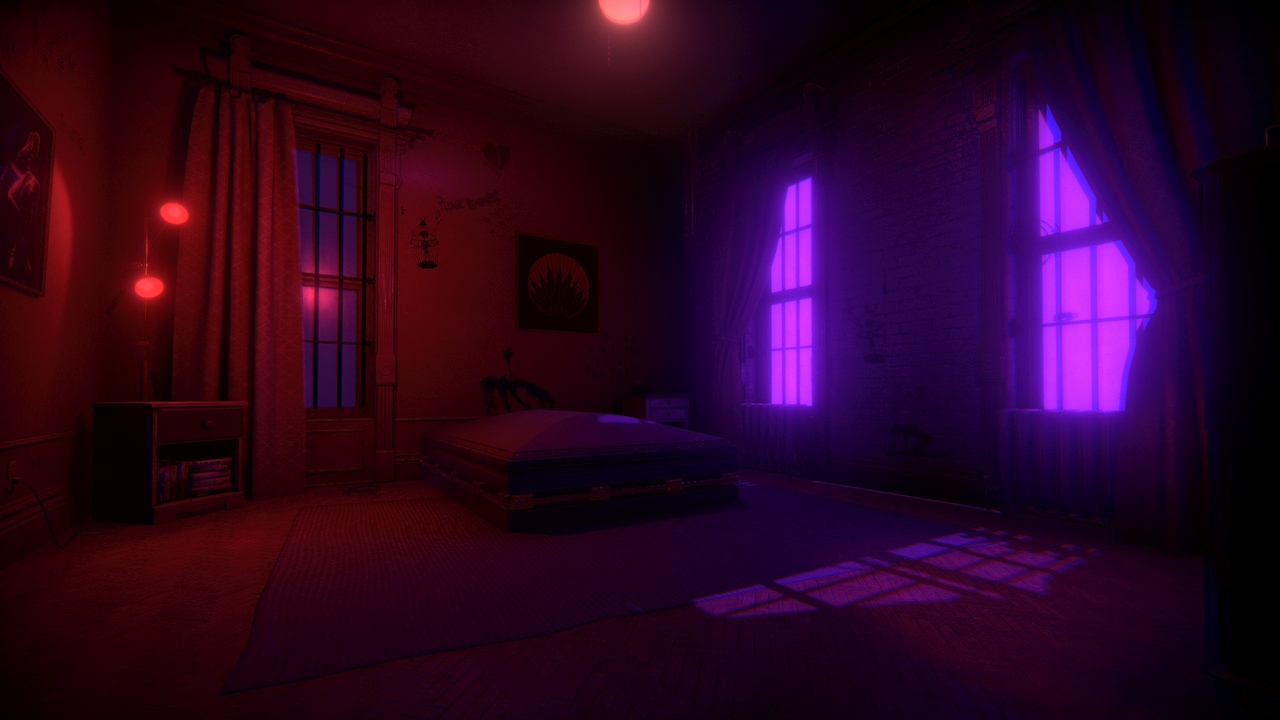
-
Transference August 2018 #9
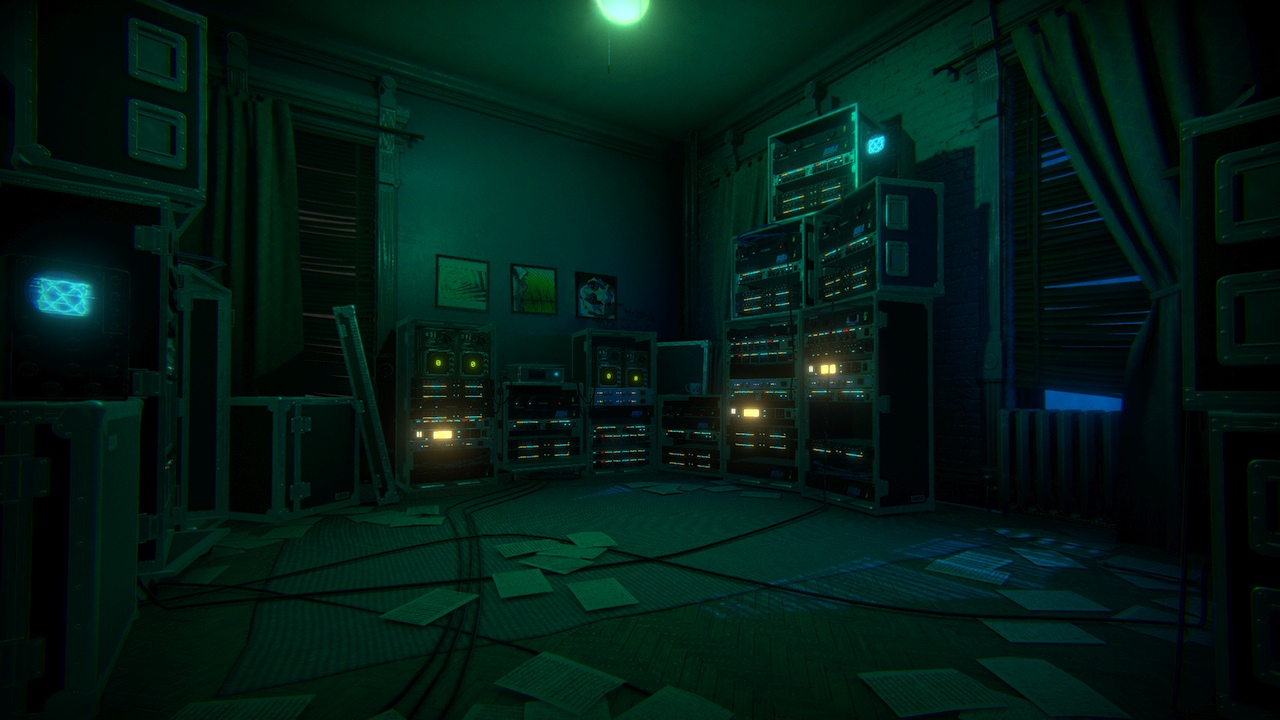
-
Transference August 2018 #10
